
The_King
-
Posts
35567 -
Joined
-
Last visited
-
Days Won
552
Content Type
Profiles
Forums
Events
News & Reviews
Posts posted by The_King
-
-
SINGAPORE: Gaming hardware company Razer will have to pay more than US$1.1 million (S$1.5 million) to refund customers in the United States after it misrepresented the performance and efficacy of supposed N95-grade face masks known as Zephyr.
Under the proposed settlement, it must also pay a civil penalty of US$100,000 along with its affiliated entities involved in the development, marketing and sale of the masks, said the Federal Trade Commission in a news release on Monday (Apr 29).
“These businesses falsely claimed, in the midst of a global (COVID-19) pandemic, that their face mask was the equivalent of an N95 certified respirator,” said Samuel Levine, director of the FTC’s Bureau of Consumer Protection.
According to the FTC, Razer advertised the Zephyr masks as N95-grade even though they never submitted them for testing to the FDA or National Institute for Occupational Safety and Health (NIOSH). The masks, which were launched in 2021, were also never certified as N95.
"The complaint alleges that Razer only stopped the false advertising following negative press coverage and consumer outrage at the deceptive claims," said FTC.
The US Department of Justice filed the case upon notification and referral from the FTC.
In response to CNA's queries on Tuesday, a Razer spokesperson said: "We disagree with the FTC’s allegations and did not admit to any wrongdoing as part of the settlement.
"It was never our intention to mislead anyone, and we chose to settle this matter to avoid the distraction and disruption of litigation and continue our focus on creating great products for gamers."At the time, the Zephyr was conceived to "offer a different and innovative face-covering option for the community".
FTC's claims against the company concerned "limited portions of some of the statements relating to the Zephyr".
"More than two years ago, Razer proactively notified customers that the Zephyr was not a N95 mask, stopped sales, and refunded customers," the spokesperson said.
Razer is dual-headquartered in Irvine, California, and Singapore, according to the company on its website.
During the COVID-19 pandemic, Razer set up a manufacturing line for face masks, including disposable ones, in Singapore.
Razer had touted the Zephyr as "the world’s smartest mask", according to an article on Singapore-based technology portal HardwareZone in 2021.
It had supposed N95-grade filters, which were replaceable, on each side of the ventilators and below the mask. The fans under the ventilators can be selected to spin at different speeds.
By definition, N95 respirators must filter at least 95 per cent of ambient air particles between 0.1 and 0.3 micrometres in size, with even higher filtration levels for larger particles.
The FTC said that Razer never sought or received permission from NIOSH to use the term N95 in marketing and selling its products.
The mask was priced at around US$100 and consumers were advised to change the filters every three days, according to the report by HardwareZone.
A standard package of the Zephyer mask came with three sets of filters.
The mask was available in Singapore through the company's website, and sold to US consumers online and in three physical stores in Seattle, San Francisco and Las Vegas.
It was sold out minutes after its launch in 2021, said Razer at the time.
The amount of about US$1.1 million that Razer has to pay in the US is equal to its revenue from the masks, said FTC.
"This amount will allow the FTC to provide full refunds to consumers who purchased the deceptively marketed products," it added.
The commission added that the order will also ban Razer from making, without prior FDA approval, any claims that any product prevents or reduces the likelihood of COVID-19 infection or trasmission.
Source: CNA/at(gr)-
 2
2
-
-

A Singapore-born veterinary surgeon practising in Australia was found to have engaged in inappropriate behaviour towards animals between August 2019 and September 2020.
Marcus Tan Wei Sheng admitted to consuming a dog's semen on one occasion but denied other allegations against him, including for touching of dogs and the performance of a vaginal examination of a dog where there was no legitimate medical purpose.
The South Australian Civil and Administrative Tribunal (SACAT) found Tan guilty of unprofessional conduct based on four out of six grounds of complaint.
Unprofessional conduct
In a publicly available decision, the tribunal said they found Tan's conduct to amount to "unprofessional conduct".
The tribunal found there was "proper cause for disciplinary action against the respondent".
Documents reveal that Tan was born in Singapore and studied in Australia for six years, working as a veterinary surgeon.
He engaged in inappropriate acts with the animals at the clinic where he worked, where artificial insemination and breeding of animals took place.
Drank semen of dog
On Sep. 10, 2020, a receptionist at the clinic, known as OQV, witnessed Tan aiming a green syringe used for semen collections at his mouth and pushing down on the plunger.
Tan admitted that he consumed a dog's semen on that day and thought he was doing it privately without harming or putting at risk of harm any animals.
He explained to the tribunal that he was interested in animal reproduction and that while reading articles, he read about the salt concentration of animal semen and became curious about the taste.
"So, I'm going to tell the truth, you know, because I've sworn on the bible.
You know, I did it mostly, you know, out of sheer curiosity, you know, of the, of its taste.
There was nothing that — in that point in time because I was interested in animal reproduction, I wanted to get a bit of a view about things.
You know, how, sort of hard to explain. You cannot want to, to get a bit of a [holistic] understanding, you know, about animal reproduction is all about."
He explained that he wanted to understand the "properties" and then concluded it was "all about the taste".
When asked how others would think about what he done, he agreed that others might be repulsed by it but thought he was doing it in "private".
"So, it was just unfortunate that I had, that I had been caught.
Unfortunately, that I had been caught, you know, because it's a reminder to myself that I shouldn't be doing something so foolish like that."
Denied doing the same on another occasion
Tan denied doing the same on another occasion, but the tribunal accepted the witness's statements instead.
On Sep. 13, 2020, another veterinary nurse, known as LCO, saw Tan with a green syringe with a yellow catheter of the type used for artificial insemination attached to the end of it.
She observed him place the yellow catheter in his mouth.
This was after Tan performed an artificial insemination for a female yellow Labrador Retriever, known as YUN, owned by the Royal Society for the Blind, with LCO assisting.
Touched dog inappropriately
Tan was also accused of inappropriately touching the Labrador Retriever on the same day.
LCO said that after the artificial insemination procedure, Tan was playing with the dog’s private parts in a way that was not relevant to the procedure.
She described standing there in shock as she observed Tan's actions.
The patient record prepared by Tan for Sep. 13 did not refer to any examination of the dog's private parts.
Tan denied the allegations, saying there was no reason for him to do what the nurse said he did.
"I only assisted [LCO] with moving [YUN] because she just needed help, and that's all," he claimed.
Inappropriate touching of animal
On numerous occasions throughout his employment between August 2019 and Sep. 15, 2020, Tan was found to have touched both female and male dogs' private parts inappropriately.
A qualified vet nurse, known as BUI, recounted that Tan's manners with patients made her uncomfortable.
She observed Tan touching female dogs’ private parts in the surgery room where the dogs were being prepped for procedures, such as a caesarean or an artificial insemination.
The times he touched the dogs inappropriately when he was not performing a procedure were greater than the times she observed when he was the vet performing the procedure.
She also witnessed Tan in cages with dogs daily and saw him recording procedures with his phone.
Another senior veterinary nurse, known as KUJ, also observed Tan's inappropriate behaviour.
Once, she observed him sticking his hands down his pants after one such occasion.
Reprimanded
Following the hearings, Tan was reprimanded, fined A$5,000 (S$4441) and can only practice under supervision and mentorship for a five-year period starting from Jan. 31, 2024.
The supervisor and mentor must also convene an in-person meeting with Tan at least once every two months to provide guidance and feedback and also give six-monthly reports to the Veterinary Surgeons Board of South Australia.
Before the conditions are lifted, Tan will have to be assessed by a psychiatrist and approved by the board as being "medically fit" to resume practice normally.
He was also ordered to pay the legal costs of A$27,000 (S$23,986).
-
 1
1
-
 6
6
-
-
Singapore company Ninja Van announces layoffs which will affect 10% of tech team in the region
Local firm Ninja Van has laid off 21 workers, which translates to 10% of its regional tech team and 20% of its local tech team, according to The Edge Singapore.
A Ninja Van employee who wished to remain anonymous said the firm revealed the news during a mandatory “all-hands” meeting for the tech team on Monday (29 April) afternoon.
Members of the tech team later received a follow-up email notifying them about the decision to lay off employees.
Ninja Van announces layoffs for tech teams
In the email, Mr Tee Chee Han — Ninja Van’s vice president of engineering — described the decision as a “difficult” one.
“Layoffs are an absolute last resort and we have done all we can to cut costs across the organisation but sadly it still wasn’t enough,” he said.

Source: Ninja Van
However, Mr Tee said they have decided to “eliminate some roles” to better position themselves for long-term success.
The email stated that the company was optimising the cost of the tech team instead of downsizing its size and capability.
The firm was also optimistic about its long-term outlook, highlighting the potential of its B2B restock and cold chain initiatives.

Source: Google Maps
In a statement to The Edge, a Ninja Van Group spokesperson said that the company has always used cost optimisation to facilitate its sustainable growth.
“In line with the Group’s direction, our tech department has been actively implementing cost-control measures, including infrastructural reorganisation and outsourcing,” said the spokesperson.
Affected employees receive “reasonable” severance package
The representative also said that affected employees received a “reasonable severance package”.
The Edge reports that affected employees received a month’s salary for each year of service with the firm.
This is in line with what the manpower ministry stipulates, which is between two weeks to one month for every year of service.
MS News has reached out to Ninja Van for more information on the matter.
-
 2
2
-
 1
1
-
-

S$1 kopi stall in Toa Payoh closes after 35 years
Known for its cheap kopi that goes for just S$1, Seng Heng Coffee Stall at Toa Payoh has closed for good today (30 April).
The stall’s regular customers were shocked to learn of the business’ closure after 30 years.

Source: Facebook
S$1 kopi stall in Toa Payoh closes after last day on 30 April
Last Friday (26 April), a netizen posted in the Toa Payoh Makan Places Facebook group that Seng Heng Coffee Stall will shutter after its last day on 30 April.
The netizen claimed that the “main stall owner” has decided to stop renting to the kopi seller. They later provided an update saying that the stall owner had sold the stall to another individual.
As the multi-generation stall’s closure nears, the netizen urged customers to drop by one last time before it closes for good.

Source: Facebook
According to 8days, the stall has been operating for 35 years.
Netizens saddened by stall’s closure
Many customers were saddened upon learning about the stall’s closure.
One commented that the stall was their favourite kopi stall in the estate.
Apparently, kopi wasn’t the only popular drink at the stall. Another customer praised the stall’s teh for its “good tea flavour”.

Source: Facebook
Beverages aside, this Facebook user also praised the stall owners for their friendliness and said it was sad to see them shutter.
-
 3
3
-
 3
3
-
-
-
2 hours ago, HarrisY1 said:
Whhh June skool hols cumming
If chiu r a xdd, werk as part time cashier wif dis 2 auntys kym?
Again, poor editing skill, cause I see nothing
-
 1
1
-
-
1 hour ago, coffeenut said:
LOL yeah, and a few other pourover drippers. All just wash clean, dry and put in cabinet

Me only got French press
And thinking robot machine
-
-
No wonder 3.5 to 1
-
 1
1
-
-
KFC Malaysia is under the umbrella of QSR Brands (M) Holdings Berhad and parent company is jcorp.
Want to boycott also need to who suffer the most
-

Man finds mass grave of cockroaches in coffee machine sent for repairs
A single cockroach can reduce even the toughest man into a sobbing mess calling for his mama.
So just imagine the reaction from a repairman who received a coffee machine that housed not one cockroach, but a whole army of them.
The fact that they were dead did not make this discovery less horrifying.
It turns out that roaches have a peculiar fondness for coffee that might make you reconsider your caffeine addiction.
Cockroaches packed like sardines in coffee machine
When the man behind the Facebook page Koff Street received a coffee machine for repairs, no one could predict the sight that was about to greet him.
After languishing in storage for years, the coffee machine was brought in for repairs.
The client had informed the repairman that none of the buttons on the machine were responsive.
Upon opening up the machine, the repairman quickly discovered the reason behind the malfunction.
Inside the machine lay a grim and gross scene — a cluster of dead cockroaches packed tightly together like sardines.

Source: Postjung
If the pictures weren’t shocking enough, the repairman told Khaosod that there were even more roaches than depicted in the photo.
Fortunately, he also said that this is a rare case — coffee machines used regularly are unlikely to become infested to this extent.
This particular machine was only infested to this degree because it was left in storage for a long time.
Therefore, those who love coffee and hate cockroaches can breathe a sigh of relief. Right?
Do roaches have a thing for coffee?
Cockroaches and coffee seem to share a complex relationship.
A 2019 study suggests that certain coffee aromas are irresistible to cockroaches, while other research indicates that the taste of coffee can actually act as a deterrent for these pests.
One thing we know for sure is this: according to Snopes, the story of cockroaches infiltrating coffee originated from a 2009 anecdote.
A caffeine-addicted college advisor would allegedly spend 45 minutes travelling just to buy freshly ground coffee.
This was because he had developed a severe allergy to cockroaches and was getting reactions from drinking pre-ground coffee.
As it turns out, according to Dr Karan Raj from the United Kingdom (UK), pre-ground coffee often contains traces of cockroach matter.
So if you get the squick from knowing that, you might want to consider grinding your own coffee beans from now on.
-
 1
1
-
 5
5
-
-
SINGAPORE: Noting the rise in living costs at present, one Reddit user penned an appreciation post for low-cost store Valu$ Shop, writing, “With all the inflation and current economy outlook, thankful for shops like this exist.”
Many commenters weighed in, agreeing with post author u/Newez, who put up a picture of a Valudollar shop on r/Singapore on Sunday, April 28.
Valu$ is a chain of dollar, variety, discount, convenience, and warehouse stores found all over the country. It offers local and imported products, often at reduced prices.
The stores carry signs that say “FIRE SALE!” And “EVERYTHING MUST GO!” much to the amusement of some of the commenters on the thread, who poked fun at these signs.
Nevertheless, everyone agreed that shopping at these stores often means smaller spending and, therefore, bigger savings.
One commenter called Valu$Shop “one of the top 10 best things that have happened to Singapore in the past decade” and added, “It’s like a window to Malaysia.”
Another Reddit user, however, disagreed with this, writing that these dollar stores are sometimes “actually even cheaper than Malaysia.”
For example, chocolates from the German brand Ritter Sport sell for S$2 at Valu$, but cost RM14 (S$3.98), or nearly twice the price in Malaysia.
“I always ask my family member who works in SG to grab those whenever they come back,” the commenter added.
Others praised Valu$ stores for carrying global brands such as Lay’s and Kettle chips, Snickers, Mars, Godiva, Kinder, Milka, Toblerone, Cadbury chocolate bars, Act 2 microwave butter popcorn, Ritz crackers, Post’s Banana Nut Crunch cereal, and so on, at better prices than other groceries.
When one quipped, “$1.20 for 3 packs of mee goreng just tastes better,” another replied, “Mee goreng, more like mee savemoney,” while someone else chimed in “Mee Murah (cheap).”
One wrote, “These stores are a godsend,” while others chimed in with appreciation for Venus stores. One commenter also said Venus stores’ sunscreen is S$15 less expensive than at Guardian and Watsons.
“Venus is (a) blessing, much cheap daily necessity. Glad there is one Venus nearby my place,” wrote another.
A commenter who used to work in parallel imports agreed that dollar stores give good value for money but warned others to “please pay attention to the expiration date for food items.
While sometimes the supply could be overstock from different markets, sometimes they are distress stocks which are close to expiry.” /TISG
-
 3
3
-
-
-
https://www.facebook.com/nanyang.nysp/posts/825205609640730?ref=embed_post
 kelantan - 21
kelantan - 21
johor - 15
kedah - 11
terengganu - 10
pahang - 10
perak - 9
N9 - 6
perlis - 2
melaka - 2
penang -5
KL - 3
selangor - 11 (10 in shah alam)
sabah - 1
sarawak - 2-
 1
1
-
 2
2
-
-

Rice balls rolled under cute girls’ armpits go viral online
Japan is well-known for its creativity which at times raises some eyebrows. One of the products of that unique creativity comes in the form of rice balls rolled under ‘cute girls” armpits.
While the phenomenon isn’t too new, a recent article by the South China Morning Post (SCMP) exploded online with more than 800 shares on Facebook within three hours.
Rice seasoned with armpit sweat
Rice balls, also called onigiri, are a staple Japanese food made by shaping rice into balls or triangles that are then wrapped in dried seaweed called nori.
Though in most cases, food handlers will take care of hygiene, a certain method of preparing rice balls that has become popular goes completely against such practices.
Shaped using ‘cute girls” armpits, these rice balls are a unique delicacy as they are ‘infused’ with the said girls’ sweat.
The phenomenon, which is making rounds on social media again, has actually been around since 2016, as reported by Sirabee, a Japanese news site.
The article sought to answer a simple question: Are rice balls rolled under cute girls’ armpits actually tasty?

Source: Sirabee
The male reporter who ate the rice ball said that it was nice. He also jokingly added that he wished to display it on an altar.

Source: Sirabee
The article concluded that the rice balls rolled under girls’ armpits had poor texture and were hard to hold, but tasted delicious because they were rolled under a cute girl’s armpit.
Japanese netizens also flabbergasted
Netizens — both international and Japanese alike — reacted with shock to the story.
Girls Channel, a Japanese forum, had comments like: “This is seriously disgusting.”

Source: Girls Channel
Another one quipped: “Is your head alright?”

Source: Girls Channel
Possibly originated from a manga
The phenomenon was popular enough to spawn its niche of fan art. You can find cute anime girls making rice balls on the popular Japanese art site ‘pixiv’ under #腋おにぎり.
According to a user-run wiki on pixiv, the phenomenon came from a manga called ‘Magical Circle Guru Guru’.
In the story, an old man helps the protagonists in need of quick cash by speedily rolling rice balls with his armpit. The scene was so impactful that it spawned a lot of fan art.
-
 2
2
-
 4
4
-
-
SINGAPORE: A woman took to social media after being asked to pay $9.50 for one order of Nasi Padang rice from a food court in her neighbourhood when she is normally only charged S$7.
When asked why, she wrote that the staff told her that “the chicken drumstick is bigger than usual.”
Ms Jenny Lam wrote in a post on the COMPLAINT SINGAPORE Facebook page published on Saturday (April 27) that she had bought two orders of Malay Nasi Padang from Fork&Spoon in Woodlands Mart.
“Usually bought this combination at $7 per packet, but today was charged at $9.50 for 1 packet. Way way ridiculous!” she added.
She claimed to have discovered that the price was higher than usual when she paid a fifty-dollar bill and only got S$39 in change, though in this case, the math is not really mathing.
Some commenters on the post wrote that Ms Lam may have meant to write S$31, as $9.50 per Nasi Padang packet would cost S$19 for two orders.

Ms Lam wrote that the woman attending to her whispered “really softly… $9.50” with her “eyes looking elsewhere.
She said the chicken drumstick is bigger than usual!
Is it just because I am Chinese???” added the post author, most likely in reference to the incident in 2019 where a passenger in a Go-Jek vehicle practically accused the driver of kidnapping her and holding her hostage.
The Independent Singapore has contacted Ms Jenny Lam and Koufu, which manages Fork & Spoon at Woodlands and Toa Payoh, for further comments or updates.
Some netizens commenting on Ms Lam’s post said that they’ve found prices at the coffee shop to be high, although some admitted that the food generally tastes good.
One chimed in to say that he has noticed that prices can fluctuate in this type of stall. Others said it is always better to ask for the price of a food item before ordering.
Some suggested chai peng or cai fan (economy rice) as less pricey options
-
 1
1
-
 3
3
-
-
2 minutes ago, Huat Zai said:
Pretty sure they will make it our problem soon enough, even though we didn't vote for it.
SAF rules la
i throw rubbish no cctv, no ppl then anyhow throw
-
 2
2
-
-
2 minutes ago, Huat Zai said:
Sinkies make sinkieland dirty, need sinkie businesses to fix it.
Meanwhile:
not our problem
-
SINGAPORE - As Singapore gears up to run more electric buses, the Land Transport Authority (LTA) is looking for ways to quickly remove a burnt one from a multi-storey depot and submerge it into a water tank to prevent a fire from reigniting.
The LTA had on April 17 called for proposals to provide equipment that can extract a burnt electric bus by March 2025, to prevent damage to other vehicles and infrastructure if an electric bus catches fire at a depot.
Responding to queries, the LTA said that even though the risk of electric bus fires is low, it wanted to “explore different equipment” to manage battery fires because the nature of such fires is different from conventional ones.
Lithium-ion, which is the most prevalent battery technology used to power electric vehicles (EVs), burns at around 2,760 deg C – hot enough to melt steel and concrete. Diesel engines, in contrast, burn at around 700 deg C.
“Even when the e-bus fire is extinguished, there remains a possibility of reignition, which could be a result of sparks created by parts of the burnt bus being in contact with the ground or depot structures during the removal process,” the LTA said on its Land Transport Innovation Portal, describing the challenge.
The LTA also said the additional equipment is meant to enhance existing fire mitigation measures such as water sprinklers and water curtains to prevent fire from spreading to other buses and parts of the depot.
By 2030, half of Singapore’s public bus fleet will be electric. The first batch of the 360 electric buses that the LTA has ordered will start arriving from the second half of 2024, and an initial 60 buses were deployed in 2018 under a pilot scheme to test out the technology.
Public buses are maintained and parked at bus depots when they are not in service. EV chargers are being fitted in more depots as the public electric bus fleet expands.
New depots, like the upcoming ones in Sengkang West, Gali Batu, Yishun and the East Coast Integrated Depot, are multi-storey buildings rather than flat single-storey set-ups with open-air parking. Buses are parked on the upper floors, with the ground floor housing the maintenance workshop.
The software and design of EVs can detect and isolate faults in the batteries before a fire occurs. However, there have been reports of EV fires overseas.
According to experts, after an EV fire has been put out, there is a risk that the heat remaining in the battery cells can be high enough to cause reignition. This helps to explain why the LTA wants to remove the burnt electric bus and submerge it in a water tank to bring down the temperature.
In its call, the LTA sought solutions that can extract the burnt EV quickly without any part of the vehicle touching the ground or the depot’s structures. After that, the equipment must be able to place the damaged vehicle in a water tank that will be located away from the depot.
The LTA’s call did not specify the size of the equipment or water tank, but these would have to be able to cope with a double-deck electric bus, which weighs around 15,422kg – the weight of nearly 12 typical family sedans.
Mr Amrit Mirchandani Changaroth, a mechanical engineer who is certified to handle high-voltage EV batteries, said the challenge may be too complex to have a feasible solution as the size and weight of a bus make it more difficult to deal with, compared with an electric car that catches fire.
With burnt electric cars, isolator blankets are used to cover the entire vehicle to prevent fresh air from getting in contact with the hot batteries to fuel another fire.
Mr Changaroth said that even if there is a blanket large enough to cover a double-decker bus, it will be extremely difficult to do so manually.
“For the submersion into the tank to be effective, the chamber also needs to be designed to minimise air intrusion,” he added.
Given the complexity of transporting the damaged vehicle down parking ramps, he believes it may be safer to leave the vehicle in situ for as long as 72 hours for the temperature inside the battery cells to drop sufficiently before trying to remove it from the building.
There are 262 electric buses in Singapore as at March 31. This includes both public and private buses.
-
 2
2
-
-
SINGAPORE – More than 50 companies, including local bank OCBC and public transport operator SBS Transit, have joined a network created by the Public Hygiene Council (PHC) to help get people to make it a habit to keep the country clean throughout the year.
This was revealed at the April 28 launch of this year’s Keep Singapore Clean campaign, along with an announcement that SG Clean Day will be held every two months, instead of three, from 2025.
On SG Clean Day, cleaners at selected Housing Board estates, public parks, malls, dormitories and other public areas take a break from sweeping duties.
On the move to rope in help from companies, PHC chairman Andrew Khng told The Straits Times: “Basically, the Keep Singapore Clean campaign is for a period of one month, but the corporate network is not. So we provide a platform for corporate networks which want to engage in, say, litter picking in East Coast or elsewhere.”
At the campaign launch held at the HDB Hub, PHC signed a memorandum of understanding with OCBC, which adopted four of 19 CleanPods. These storage cabinets of litter-picking tools like metal tongs and rubbish bags are placed in various parks and HDB estates.
With the adoption, staff volunteers from OCBC can easily conduct community activities as part of the Keep Singapore Clean movement that started in 1968.
Another company that is including cleaning in corporate social responsibility programmes is SBS Transit. Its chief executive of bus business, Mr Lim Tien Hock, said such a network, if it grows in size, can make a difference in getting people to be more socially responsible.
=“If you’re able to create a platform and galvanise the staff and the staff come together and they like it, then I think there will be a positive effect and (it will) influence others (to join in the activities),” he noted.
This year’s Keep Singapore Clean campaign, which kicked off with close to 70 litter-picking activities at various locations on April 28, will last till June 2. Everyone is invited to identify a shared community space and lead cleaning activities.
At the launch, Dr Amy Khor, Senior Minister of State for Sustainability and the Environment, said holding SG Clean Day every two months instead of three, from 2025, will help Singaporeans notice the impact of littering and spur them to do the right thing. This includes binning trash properly, keeping public toilets, particularly those at hawker centres and coffee shops, clean and returning food trays at public eateries.
“We value the contributions of the cleaners and the cleaners will continue to play a role, but we do want to make sure that everybody plays his part through… SG Clean Day,” she said in her speech.
-
 2
2
-
-
A suspected drunk driver who was allegedly involved in two accidents on the morning of Jan 4 was arrested after he refused to take a breathalyser test.
Responding to AsiaOne's queries, the police said they were alerted to a hit-and-run accident involving a car and a 12-year-old girl at the junction of Neil Road and Cantonment Road at 6.20am that day.
Four minutes later, they got another report about an accident involving a car along the CTE.
As it turns out, it was the same car in both accidents.
Dashcam footage of the hit-and-run accident captured by the driver behind the alleged car was posted by Facebook group SG Road Vigilante on Thursday (April 25).
It shows a black BMW car making a right turn at the junction and hitting a girl who was crossing the road. The car drives off without stopping.
Speaking to Shin Min Daily News, the girl's 47-year-old mother, surnamed Yao, said her daughter was on the way to school.
"The driver of the car behind alighted to help, took my daughter to the void deck of a nearby block and notified us," she recounted.
Yao said her daughter sustained abrasions and was hospitalised for three days.
The police told AsiaOne that the girl was conveyed conscious to the hospital before they arrived at the scene.
Driver gets into another accident minutes later
At 6.24am that day, the police were alerted to an accident involving a car along the CTE towards the SLE.
Follow-up investigations ascertained that the car was allegedly involved in the earlier hit-and-run accident.
Suspecting that the 28-year-old male driver had been drink-driving, Traffic Police (TP) officers who responded to the second accident sought to obtain for a breath specimen, said the police.
When he refused, he was arrested.
The driver was taken to the hospital for treatment of minor injuries but also refused to provide his blood sample when he was there.
The police told AsiaOne the TP commenced investigations into both accidents on the same day for the offences of dangerous driving causing hurt, failing to stop after an accident, failing to render assistance to the injured, careless driving, as well as failing to provide breath specimen and blood specimens.
The TP has also contacted the girl's mother to update her on the status of investigations.
-
 1
1
-
-
no wonder they want to activated in red-light cameras, they knew too many ppl break the traffice law, this report just proof it
-
 1
1
-
-
SINGAPORE: In the three weeks since the speed enforcement function was activated in red-light cameras, those cameras have detected more than 800 speeding violations, the Singapore Police Force (SPF) said on Monday (Apr 29).
The speed enforcement function in red-light cameras was progressively activated from Apr 1 in an effort to improve motorist behaviour on roads.
This would be done islandwide, SPF said previously, especially at locations that are more prone to accidents or violations.
There are more than 250 red-light cameras in Singapore as of last December, although the police did not reveal how many have had the speed enforcement function activated and where these cameras are located.
"Speeding and beating the red light have always been the top two traffic violations. Together, they account for about 75 per cent of the traffic violations committed in 2023," SPF said.
The newly activated function in red-light cameras has expanded the Traffic Police’s range of enforcement equipment against speeding motorists, said Deputy Superintendent of Police William Foo, the officer-in-charge of the surveillance camera unit.
However, the number of speeding violations detected is "of concern", he said.
"We will continue to step up on our enforcement and will not hesitate to take action against errant motorists who choose to flout traffic rules," he added.
According to the police’s latest annual traffic situation report in February, the number of speeding-related fatal accidents increased by 83.3 per cent in 2023 compared with 2022.
Although there was a fall in violations detected by traffic enforcement cameras in 2023, the number of speeding violations detected by other police enforcement operations increased by 22 per cent, from 52,016 cases to 63,468.
DETECTING TRAFFIC VIOLATIONS
TP officers patrol the roads around the clock, keeping a lookout for motorists who flout traffic rules the police said on Monday, adding that traffic enforcement operations are also conducted regularly.
Additionally, speed cameras and red-light cameras are used to detect violations with the help of laser technology, radar technology or detector loops embedded in the road.
Cameras using laser technology emit laser beams at a vehicle and measure the time it takes for the beam to bounce back to calculate the vehicle’s speed.
Those using radar technology operate the same way, except they emit radio waves instead of laser beams.
Cameras that use detector loops - which are typically the red-light cameras - create an electromagnetic field when the traffic light turns red. When a vehicle passes over the loop, it disrupts the field and triggers the camera to capture images of the vehicle.
The speed enforcement function in TP’s red-light cameras operates similarly as well, said the police.
"If the traffic violation is detected by an enforcement camera, the violation image or video captured will be processed backend," SPF said, adding that these will then be reviewed by camera unit officers.
All violations go through a "two-layer verification" to ensure validity and accuracy before a report is created, said the police. The entire process could take about two to three weeks.
A notice of traffic offence may be issued to the motorist depending on the investigation outcome.
Source: CNA/ng(gs)-
 1
1
-
-
32 minutes ago, chamfer said:
Last time also got happen before....
Think @The_King got took pic before at the same mall
Maybe elderly or someone with fecal incontinence.
ya, i caught 2 times, this will be 3rd
they should change to sai mall
-
 2
2
-

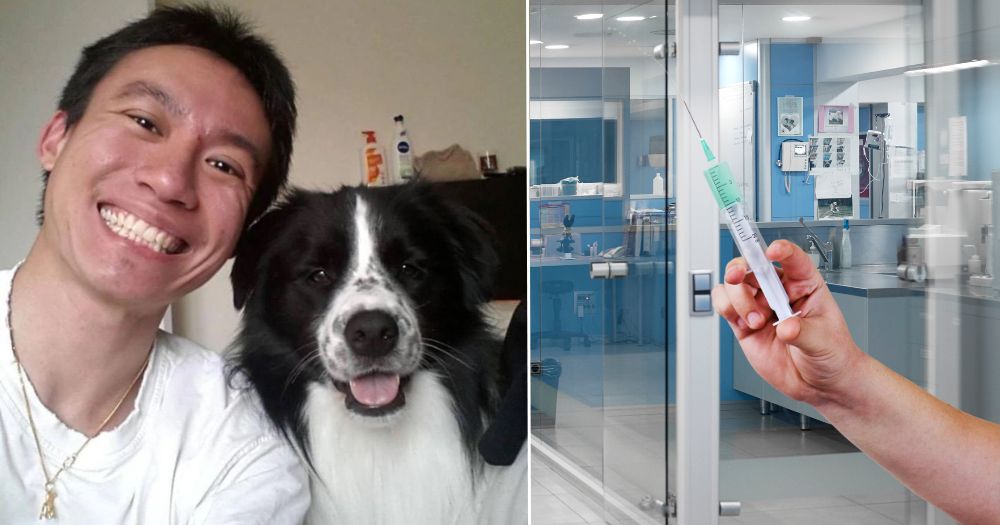
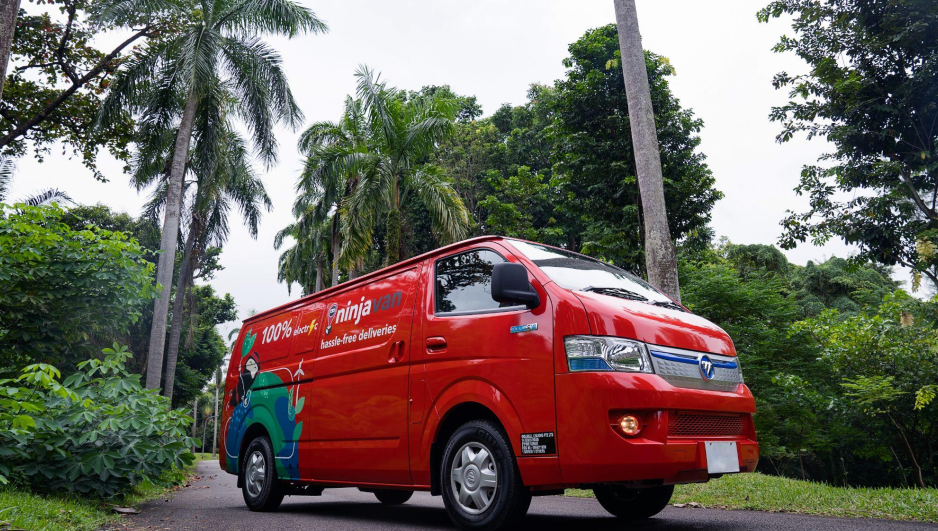



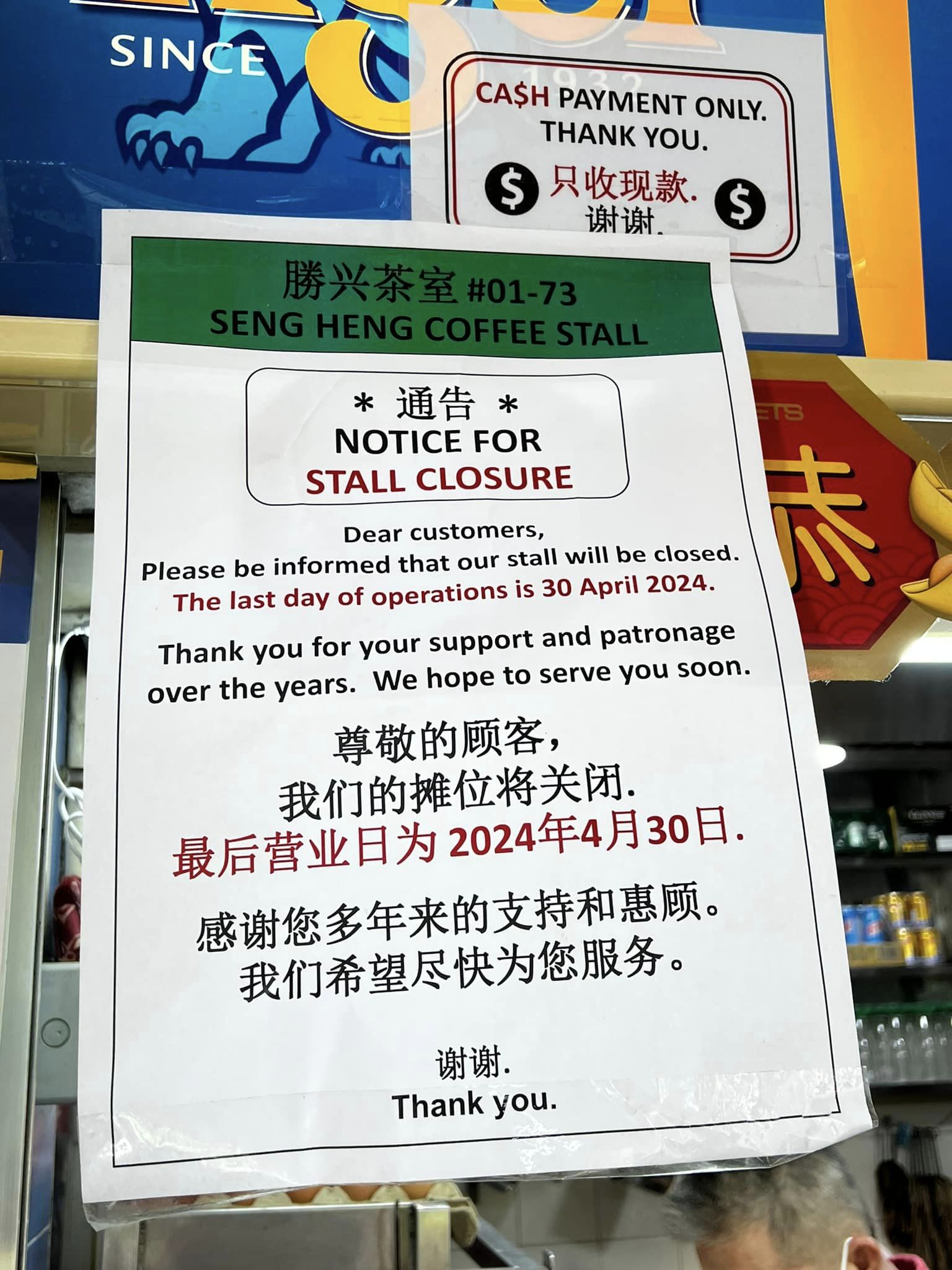
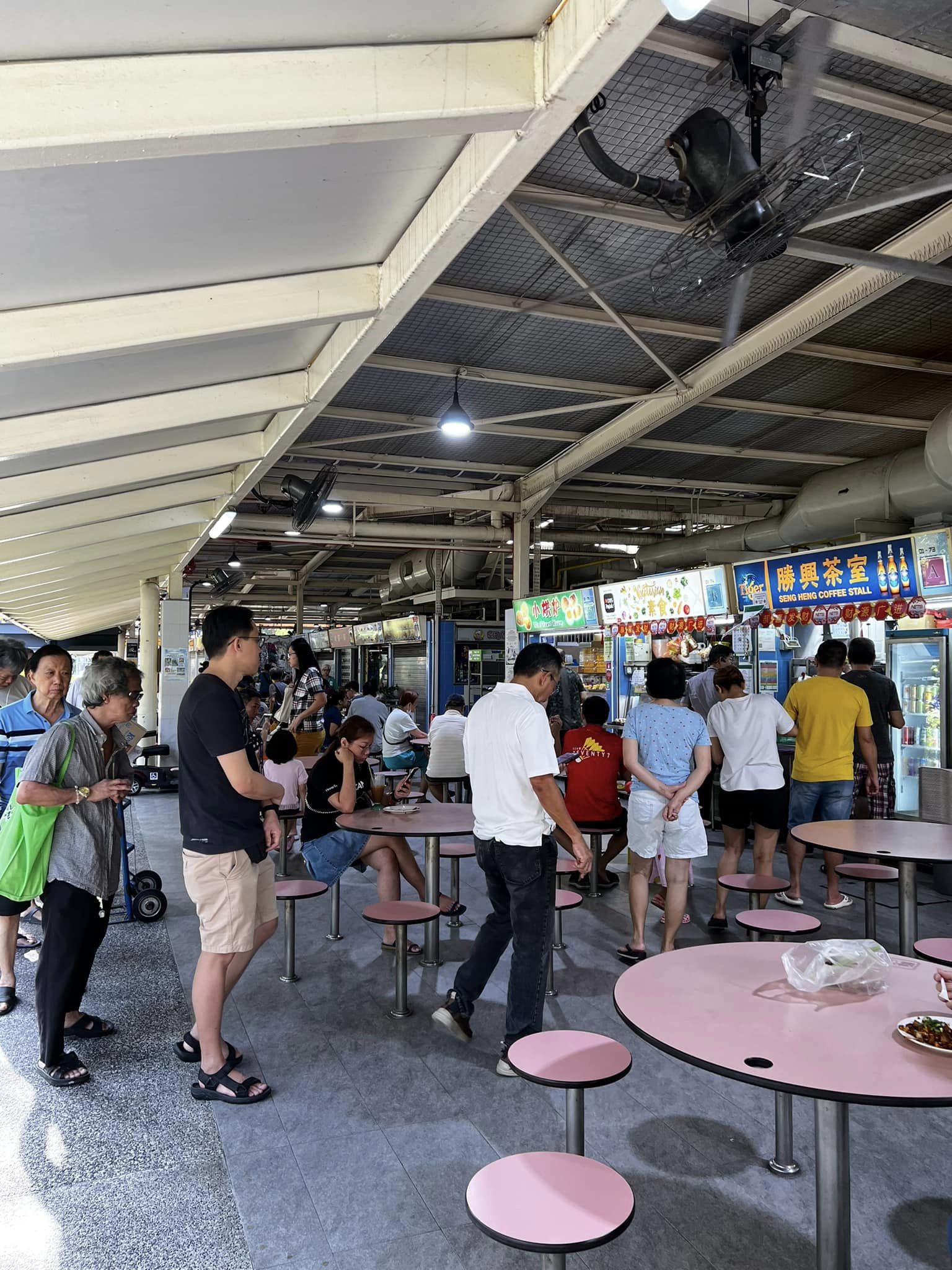







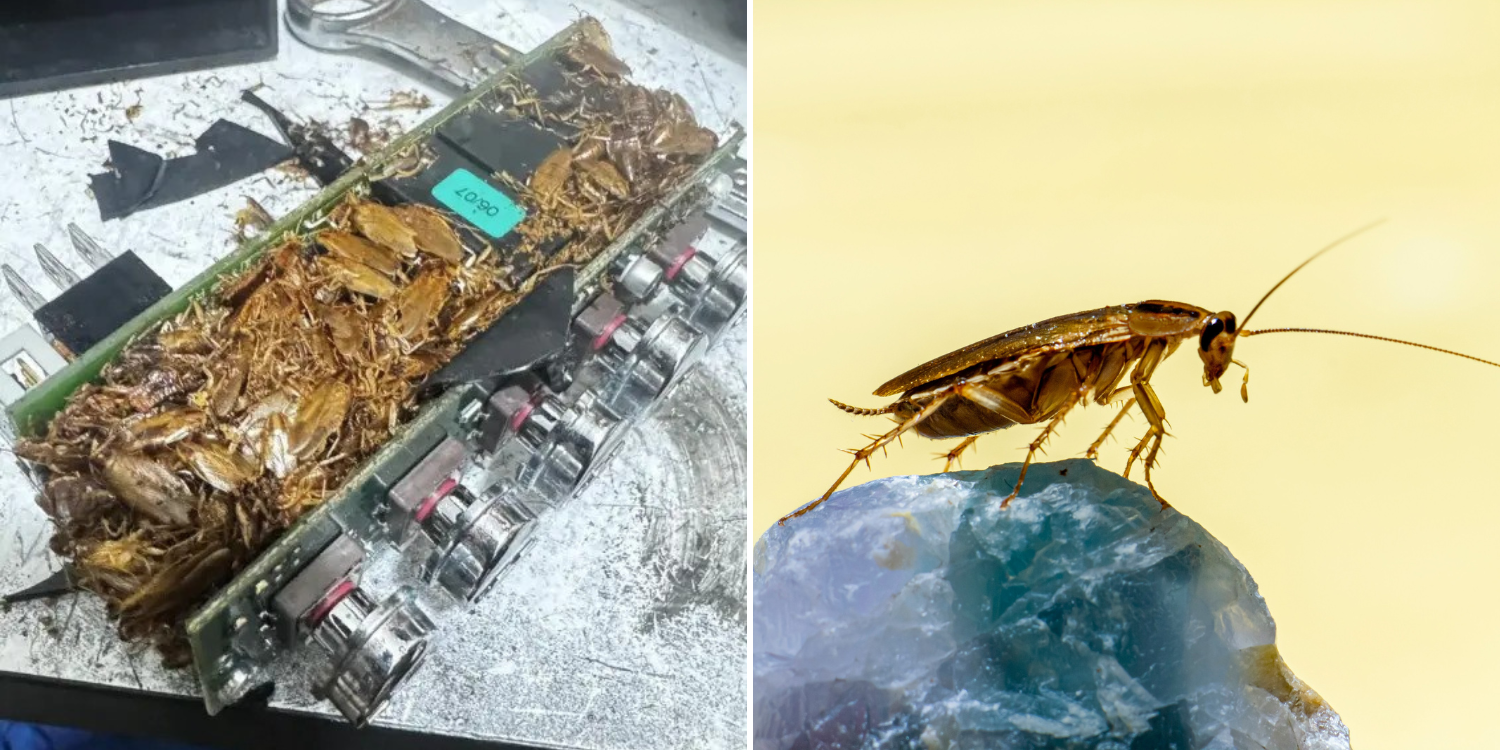
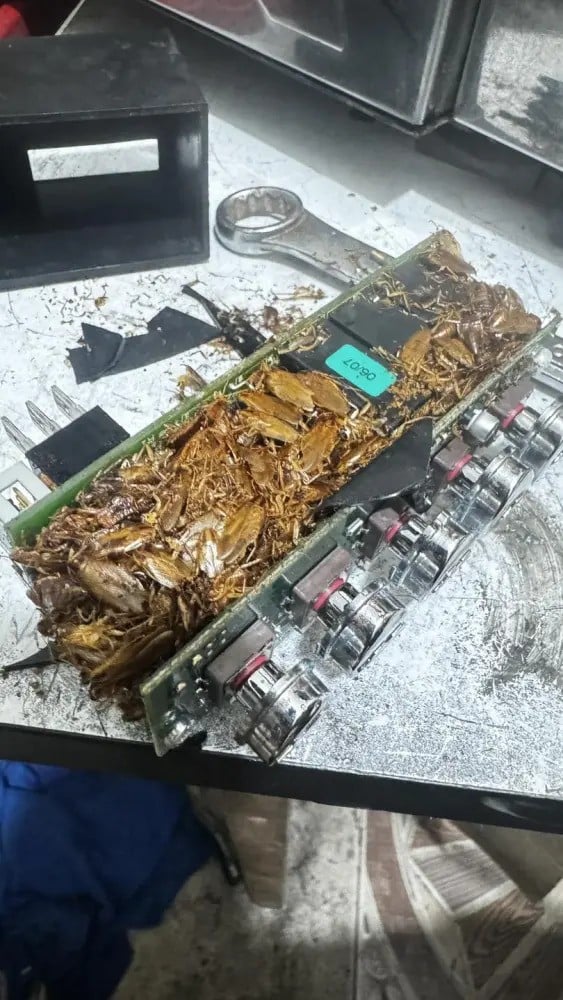

 kelantan - 21
kelantan - 21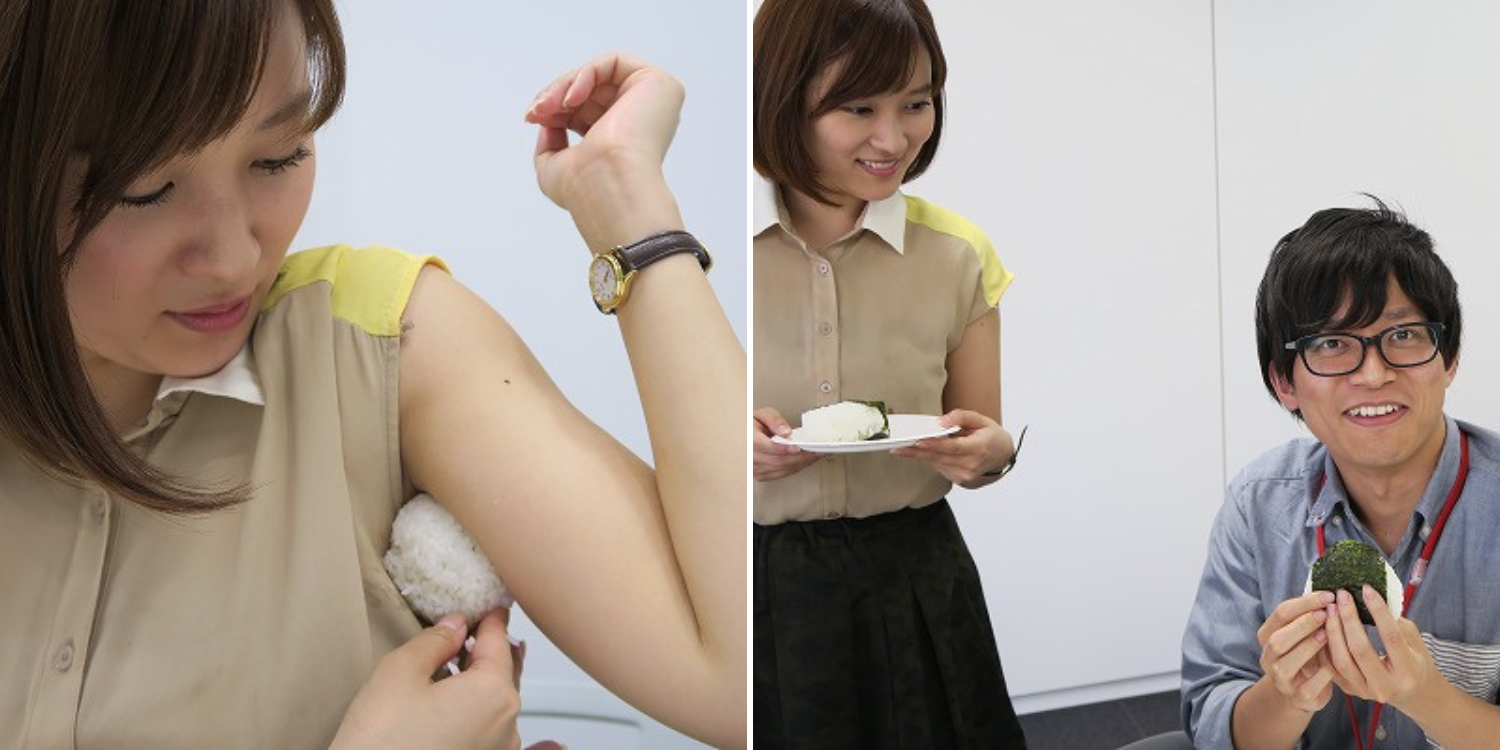
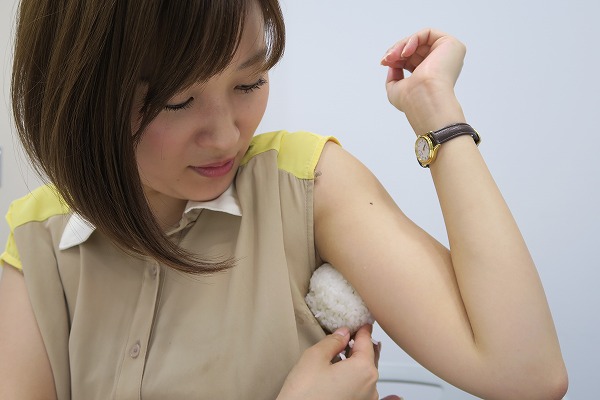
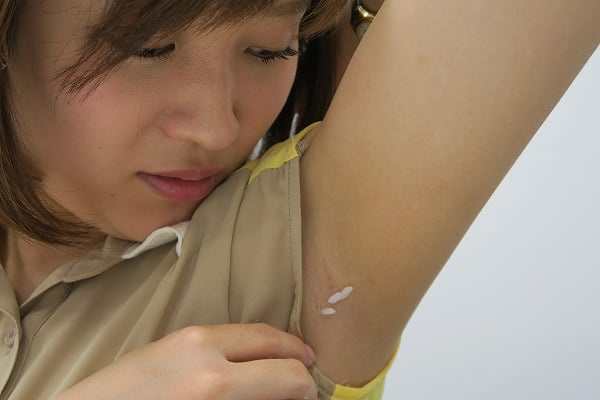
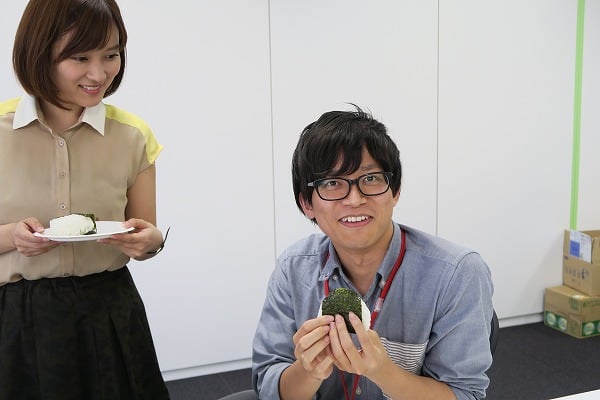




Gaming firm Razer ordered to pay over US$1.1 million in US for advertising Zephyr mask as N95-grade
in Chit-Chat
Posted
"We disagree with the FTC’s allegations and did not admit to any wrongdoing as part of the settlement.